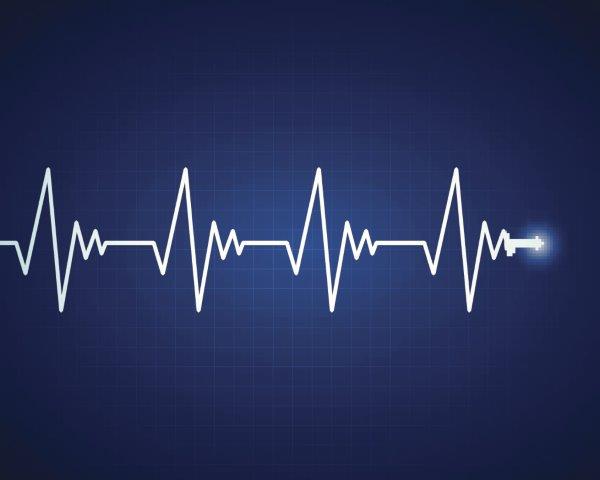FOR IMMEDIATE RELEASE
ACS News Service Weekly PressPac: February 19, 2014
Making nanoelectronics last longer for medical devices, ‘cyborgs’
"Long Term Stability of Nanowire Nanoelectronics in Physiological Environments"
Nano Letters
The debut of cyborgs who are part human and part machine may be a long way off, but researchers say they now may be getting closer. In a study published in ACS’ journal Nano Letters, they report development of a coating that makes nanoelectronics much more stable in conditions mimicking those in the human body. The advance could also aid in the development of very small implanted medical devices for monitoring health and disease.
Charles Lieber and colleagues note that nanoelectronic devices with nanowire components have unique abilities to probe and interface with living cells. They are much smaller than most implanted medical devices used today. For example, a pacemaker that regulates the heart is the size of a U.S. 50-cent coin, but nanoelectronics are so small that several hundred such devices would fit in the period at the end of this sentence. Laboratory versions made of silicon nanowires can detect disease biomarkers and even single virus cells, or record heart cells as they beat. Lieber’s team also has integrated nanoelectronics into living tissues in three dimensions — creating a “cyborg tissue.” One obstacle to the practical, long-term use of these devices is that they typically fall apart within weeks or days when implanted. In the current study, the researchers set out to make them much more stable.
They found that coating silicon nanowires with a metal oxide shell allowed nanowire devices to last for several months. This was in conditions that mimicked the temperature and composition of the inside of the human body. In preliminary studies, one shell material appears to extend the lifespan of nanoelectronics to about two years.
The authors acknowledge funding from the National Institutes of Health Director’s Pioneer Award and the National Security Science and Engineering Faculty Fellowship.


